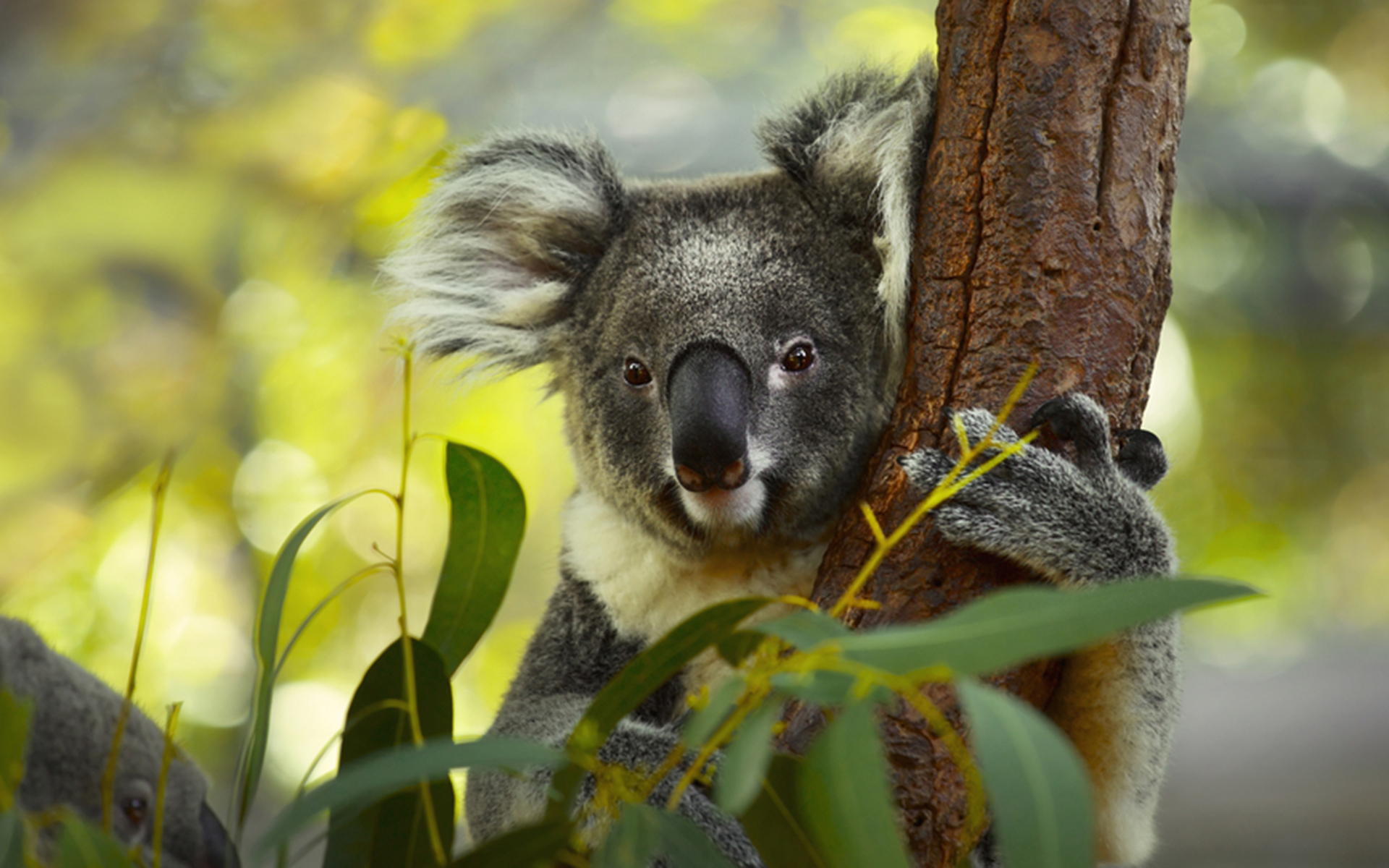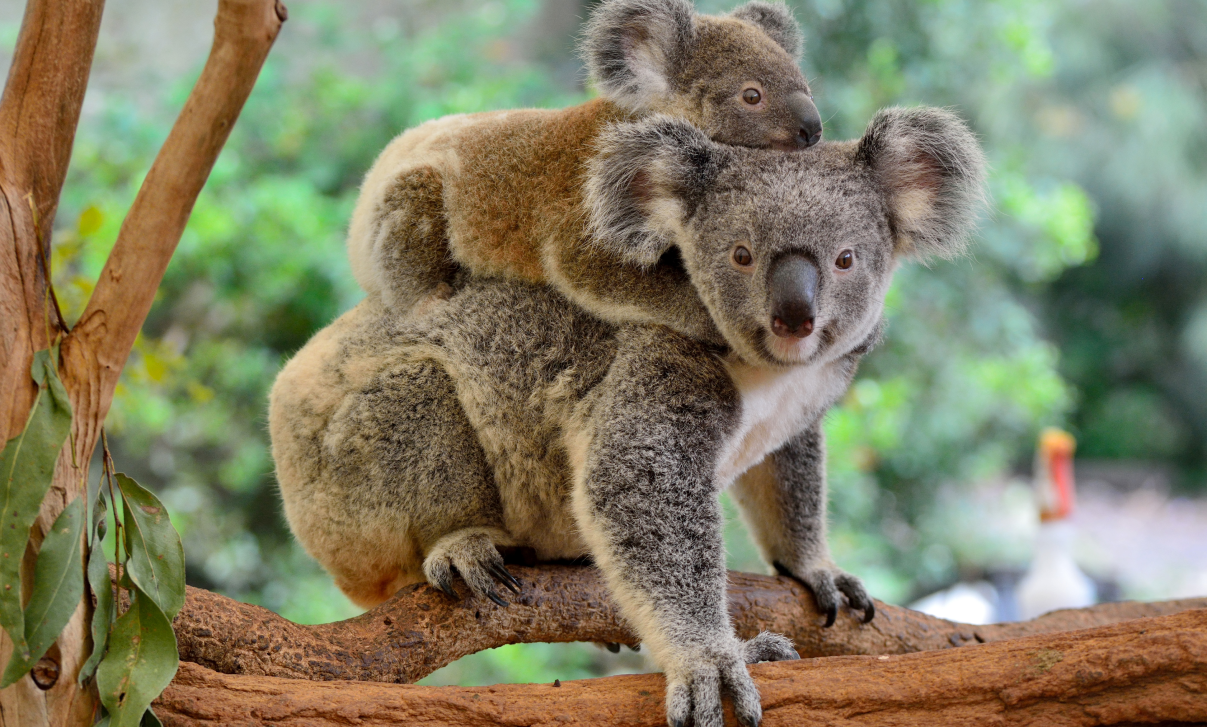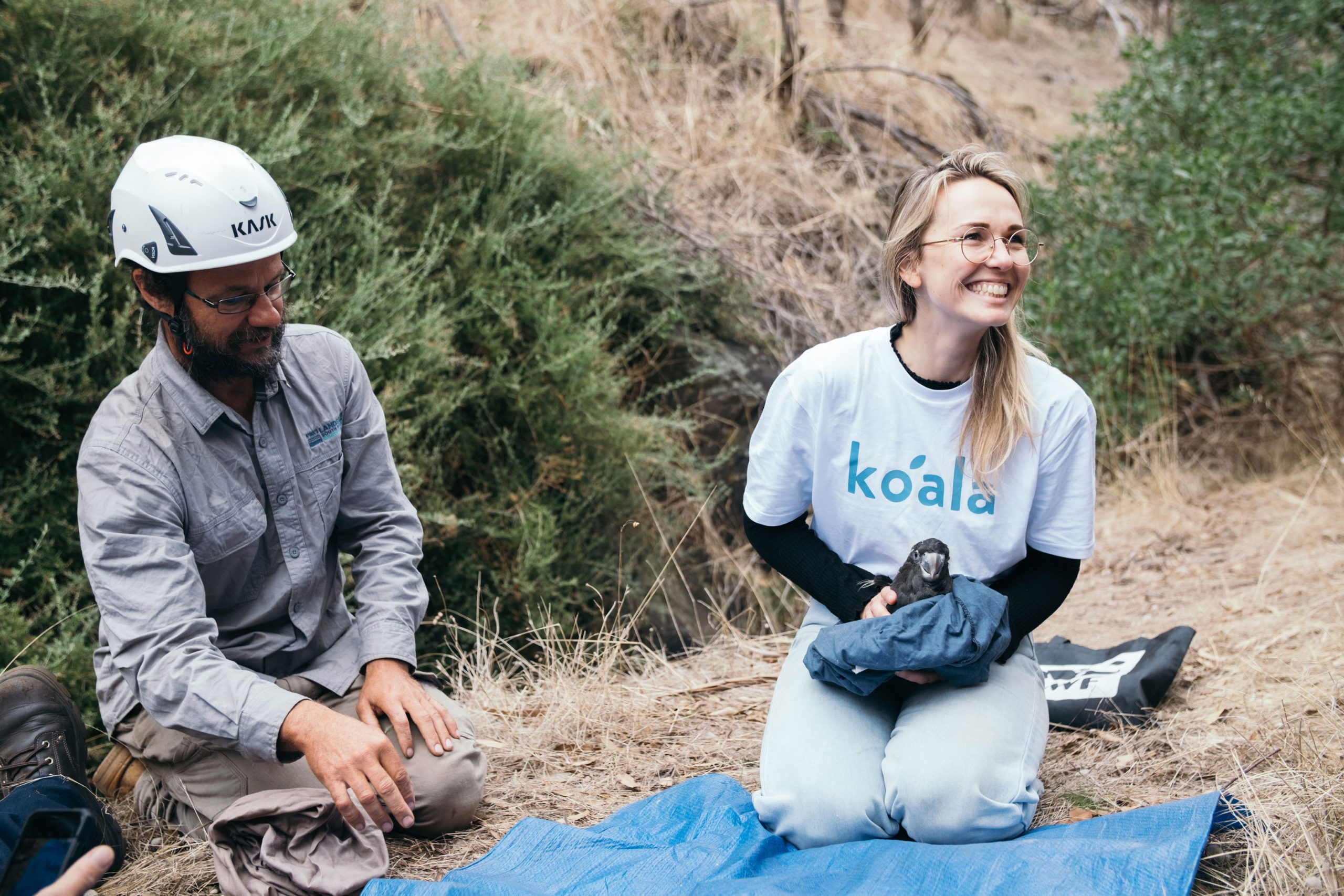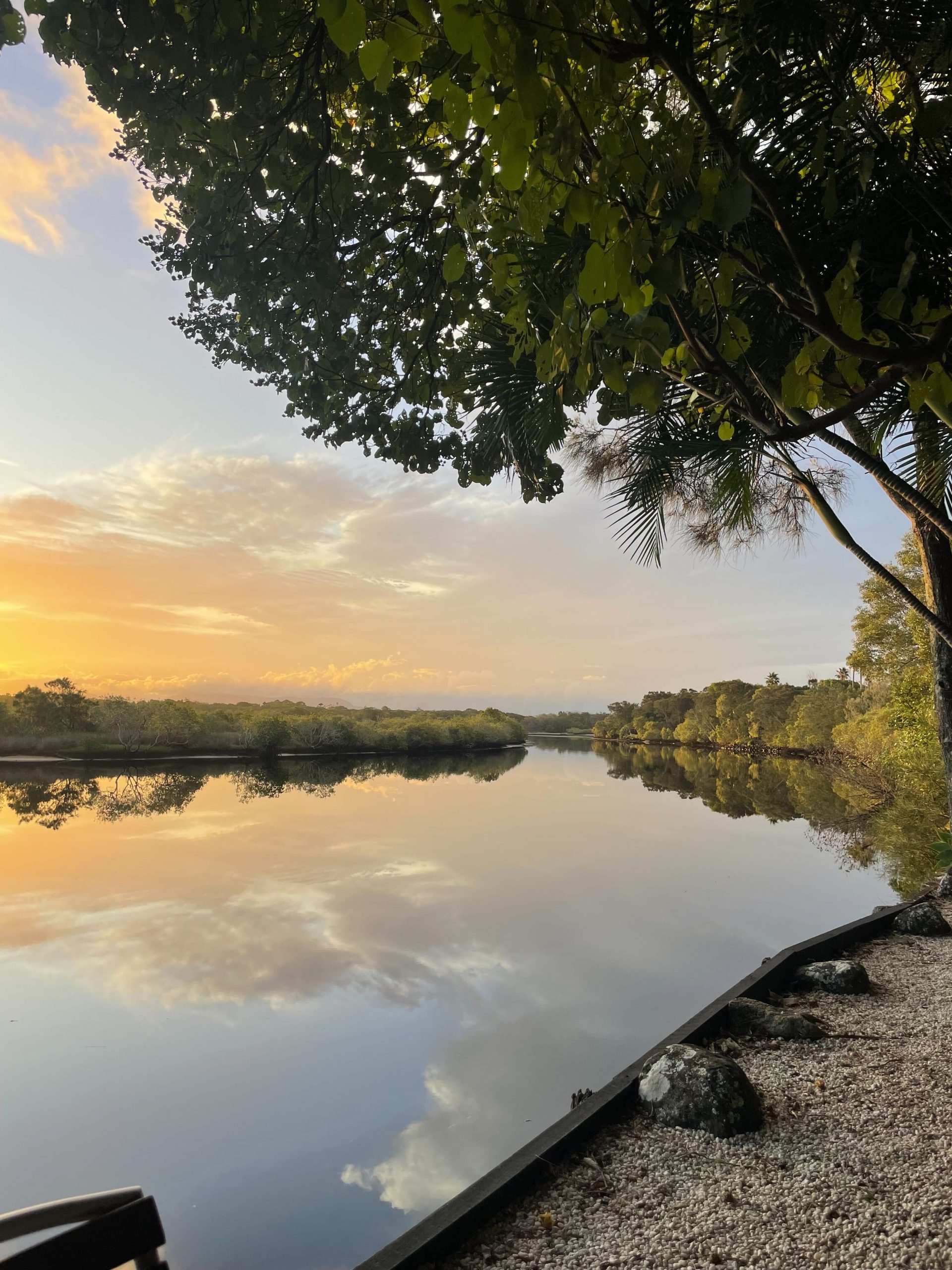Facts about koalas: we answer your questions and more
It’ll come as no surprise that here at Koala, we’re pretty big fans of — you guessed it — the koala. Hey, it’s where we got our name from, after all. We thought it was about time we gave these little guys a moment in the spotlight, answered a few questions and brought you some interesting facts about koalas. We sat down with Tanya Pritchard, who leads the Koalas Forever program at WWF, to talk about all things koalas. We chatted about whether koalas are considered endangered (sadly, in many parts of Australia, yes) and if a koala is a bear (facepalm, no, they’re not).
And, of course, because we love koalas almost as much as we love sleep, we’ve taken a look at their sleeping habits and what they need to nestle in at night. Join us as we get to know a bit more about our furry little namesake.
A bit about Koalas
How long do koalas sleep for every day?
Koalas can sleep up to a whopping 20 hours each day! Eucalyptus leaves take a lot of energy to digest, so koalas need more sleep than most other animals. They only get moving when they really need to – that’s why they always look so snuggled high among the gum leaves!
How do they sleep?
These little marsupials are pretty epic sleepers (it’s one of the many reasons we love them). For a bit of shut-eye, they nestle themselves into the fork of a tree; they just pop their bum on a branch and settle in for the night – and day! Their strong arms and long claws are handy for holding on, and while they don’t fall out often, it can happen. So watch out for tumbling koalas!
Do koalas have a mating call?
A fun fact about koalas is that you’ll often hear them before you see them! A koala mating call is LOUD. Tanya says the males make the most noise – a loud grunting sound – when they’re out looking for a mate. Mating season is in spring, so if you’re ever in an area with lots of koalas, listen out! You might just overhear a first date.
What do koalas eat?
Koalas love a good eucalyptus leaf. They’ll happily have them for breakfast, lunch and dinner and can eat up to a kilo a day. These leaves contain toxins (not harmful for these little cuties), are very low in nutrition and are high in fibrous matter. As fairly fussy eaters, koalas will head to the top of the tallest trees to find the best leaves, chock full of the most liquid and nutrients. You can’t blame them really; we all love a good feed!
How long do koalas live for?
On average, koalas can live for 10 to 12 years in the wild. Sadly, thanks to the destruction of their homes, their lifespan can be as short as a few months. Dangers like dogs, cars and nearby human activity make it harder and harder for them to survive.
What should you do if you come across a sick or injured koala in the wild?
The first thing to do is call a licensed wildlife rescue provider for advice. Tanya explains, “It’s important to call for help rather than trying to do anything yourself. Koalas might look cuddly, but they can be aggressive.” These frightened animals don’t understand that you’re trying to help them, so it’s best to leave it to the pros.
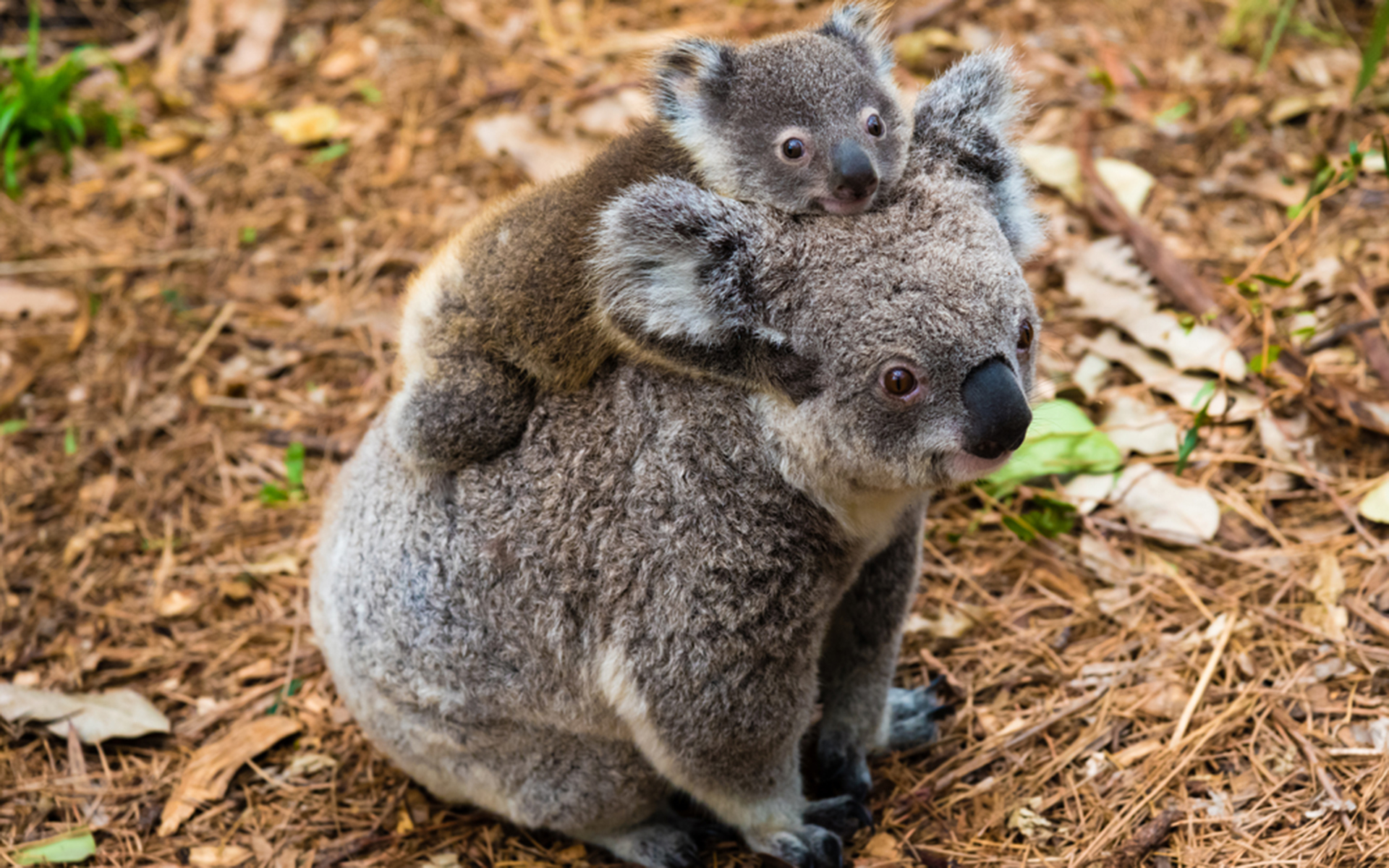
3 common myths about koalas
🐨 Koalas are bears
You might hear the term ‘koala bear’ being tossed around, but koalas are not, in fact, bears. Yes, they’re furry with big eyes, ears and a black nose, so they might look similar to a bear. But they’re actually marsupials. Turns out, they’ve got more in common with a wombat than a panda!
🐨 Koalas are cuddly
They may look adorable, but koalas are far from cuddly. They’re wild animals with sharp claws and long teeth. They might seem sleepy and snuggly, but as Tanya warns, “They can be very aggressive, so you should never approach a koala in the wild!”
🐨 Koalas are ‘drugged’ on eucalyptus leaves
Thanks to their snoozy vibes and slow movements, people often think koalas are drunk or drugged by the eucalyptus leaves they eat. But this isn’t true. Eucalyptus leaves take a lot of energy to digest, so koalas’ sleepy vibes are just a way of conserving energy. They can move quickly if they need to!
Why we need to protect our koalas
It’s estimated that over the past 200 years, our koala numbers have gone from 8 million to less than 100,000 – yikes! In February 2022, the status of the koala was changed from ‘vulnerable’ to ‘endangered’. Human activity, including agriculture, new infrastructure and building, means these little beauties are losing their homes. Koalas love living in areas with trees and along rivers and waterways, just like us! So when we clear their homes to make room for our own, they’re left with nowhere to go.
What we can all do to help
It’s not too late to help the koalas here in Australia. Support the WWF Koalas Forever program by either adopting a koala or taking part in a tree-planting program, which helps create corridors for koalas to move around safely. WWF Australia is also helping fund research into new vaccines to help protect koalas from chlamydia. Being in stressful situations (like losing their homes and habitats) exacerbates this disease, and it’s another reason why koala numbers are declining.
Join our Koala family
At Koala, we’re on a mission. Not only do we want everyone to get a good night’s sleep, but we also want to do our bit for the planet. We’re proud to be B-Corp certified, supporting our commitment to the environment and its animals — especially the koalas! Our aim is to be sustainable and ethical in everything we do. Since 2017, we’ve donated more than $1.5 million to WWF Australia to support their fantastic work helping koalas and other endangered animals.
Love sleep as much as we do?
Stay tuned for more fun facts about animals sleeping as we discover how insects and spiders sleep and explore the sleep styles of water animals.
